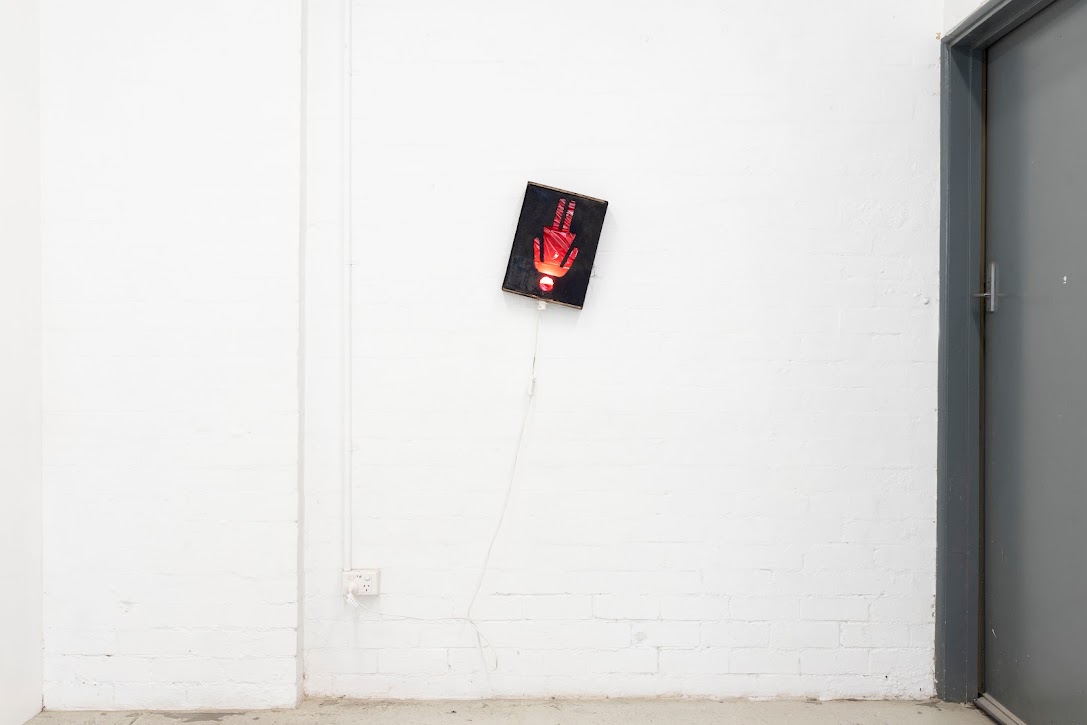The beautiful grisette looked sometimes at the gloves, then sideways to the window, then at the gloves, and then at me. I was not disposed to break silence. I followed her example: so, I looked at the gloves, then to the window, then at the gloves, and then at her, and so on alternately. I found I lost considerably in every attack: she had a quick black eye, and shot through two such long and silken eyelashes with such penetration, that she look'd into my very heart and reins. It may seem strange, but I could actually feel she did.
- Lawrence Sterne, A Sentimental Journey Through France and Italy
The name of model Nara Smith’s newborn daughter is Whimsy Lou. Whimsy is the third of three siblings, her sister Rumble Honey and her brother, Slim Easy. Juliet Mitchell’s psycho-analytical study of familial relations extends on the well traversed analysis of hierarchical parent-child relations and illuminates the oft ignored lateral one between siblings. One of Mitchell’s observations is that the murderous rage and jealousy that erupts between siblings is practice for later navigation of social relationships operating on a similar lateral axis. Her study proposes that instead of society and violence colliding as separate entities in abnormal circumstances, violence is rather a part of the fabric from which society is constructed.
The term grisette emerged from 17th century France to describe a particular type of young working class woman. The grisette worked as a shop assistant or seamstress, often skirting the promiscuity stitched to this underclass world. Their dresses were made from a simple and inexpensive gray cloth, hence the french gris (gray) forms the prefix of the term and the suffix -ette denotes the feminine gender. The grisette has been characterized as amorous and intellectually ambitious. A fixture of bohemian life, she entangled herself with artists, oftentimes as a muse, model or lover. In La Grisette, Jules Janin’s Jenny chose only to model for the artists whom she deemed to be geniuses. In pursuing them, she refused (at least for a time) to comply with the trajectory of upward social mobility achieved by courting the affections of the bourgeoisie.
There are types of girls - Bruh, waif, gamine. Pear. Schizo-affective disorder gf, mother.
When did you first realize you couldn't marry your father? The imago refers to a figure, like a parent, so influential to the subject that it becomes a model through which she forms an understanding of the other.
Within the phrase “anime girl” there is a hidden exclamation of self discovery, An I, me girl. ‘An I’ and ‘me girl’, I am myself, a girl! The crude use of confused pronouns mimics a kind of proto-speech, like the stage of infancy when one is first manifesting an ego, a recognition of one’s own reflection in the mirror.




















